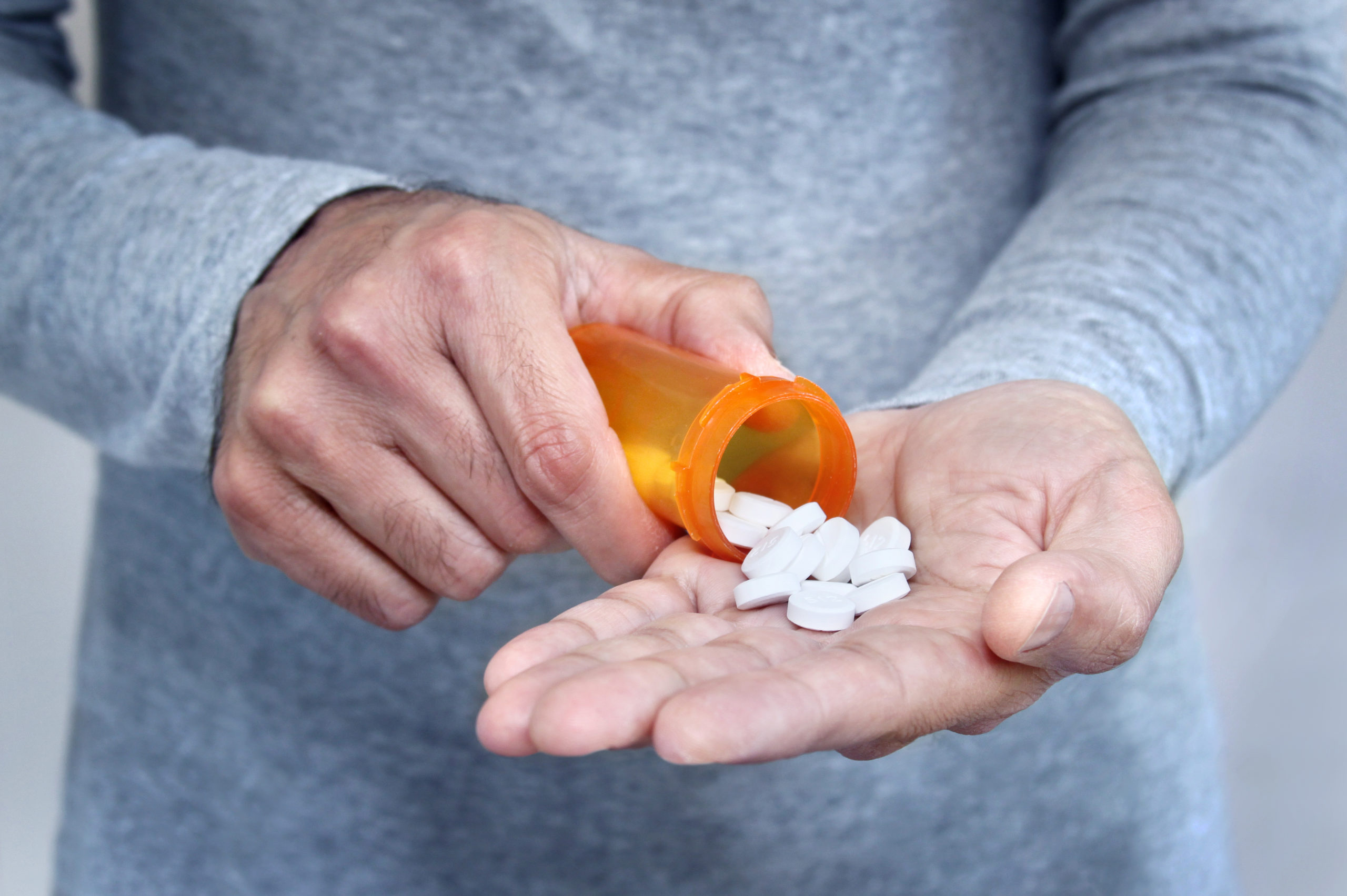What Is a Dry Drunk? Understanding the Definition, Symptoms & Behavior

Recovery from alcohol addiction is often seen as a journey marked by sobriety, healing and self-improvement. However, not every individual who stops drinking achieves the emotional growth necessary for long-term recovery. This phenomenon is often described as being a “dry drunk.” But what exactly does that mean? In this blog, we’ll explore the definition of a dry drunk, how it occurs, the commonly associated symptoms, and the types of behavior someone might exhibit.
Definition of Dry Drunk
The term “dry drunk” originated in Alcoholics Anonymous (AA) and refers to someone who has quit drinking but still exhibits the negative behaviors and attitudes that were prevalent during their active addiction. While the individual is no longer physically dependent on alcohol, they may not have addressed the underlying emotional and psychological aspects of their addiction.
Despite their sobriety, a dry drunk typically continues to behave in destructive ways. In essence, they have stopped drinking but have not fully embraced recovery. The definition of dry drunk doesn’t necessarily imply relapse, but it suggests a lack of personal growth and mental or emotional recovery.
How a Dry Drunk Occurs
Understanding why someone may fall into a dry drunk state involves recognizing that addiction is not solely about alcohol or substance use. Addiction is a complex interplay of physical, emotional and mental health factors. When someone stops drinking but fails to address these underlying issues, they may continue to struggle with feelings of resentment, anger or frustration.
This can happen for several reasons:
1. Lack of Self-Reflection: Some individuals may stop drinking through sheer willpower but fail to engage in the deep, personal work needed for full recovery.
2. Unresolved Emotional Issues: Addiction is often rooted in emotional trauma or other psychological issues. Without addressing these issues, sobriety can feel empty.
3. Absence of a Support System: A lack of emotional support or the failure to engage with a recovery community can lead to feelings of isolation, even in sobriety.
4. Unrealistic Expectations: Some people may expect that life will instantly improve once they stop drinking, and when it doesn’t, they may become disillusioned.
Dry drunk syndrome is often considered a stage in recovery where emotional sobriety hasn’t yet been achieved. It highlights that stopping alcohol consumption is only one part of recovery; emotional healing and personal growth are also essential.
Dry Drunk Symptoms
While the physical symptoms of alcoholism may fade after quitting drinking, emotional and psychological symptoms can remain if the person does not fully engage in recovery. Dry drunk symptoms can manifest in several ways, including:
1. Irritability and Mood Swings: Many individuals who are experiencing a dry drunk may exhibit anger, frustration or irritability. These mood swings can seem irrational to those around them.
2. Self-Pity: Dry drunks often feel victimized, focusing on their life’s perceived unfairness rather than recognizing their role in making positive changes.
3. Resentment: Resentment toward others who can drink socially without issue or resentment toward people who seem to be thriving in recovery is a typical dry drunk symptom.
4. Nostalgia for Drinking: Longing for the “good old days” of drinking or downplaying the adverse impact alcohol had on their life may be a sign of emotional relapse.
5. Stubbornness: Individuals may resist suggestions for further growth or assistance, refusing to believe that they need continued support after achieving sobriety.
These symptoms indicate that although the physical alcohol addiction is gone, the individual has not fully addressed the emotional and psychological aspects of their recovery.
Dry Drunk Behavior
Behavioral patterns in those experiencing dry drunk syndrome are often a reflection of the unresolved issues driving their past addiction. While they may be sober, they continue to exhibit behaviors that mirror their old life as an active drinker. These behaviors can include:
1. Dishonesty: They may be dishonest with themselves and others, hiding their true emotions or pretending to be doing better than they are.
2. Isolation: A typical dry drunk behavior is withdrawing from social situations, often isolating themselves from friends, family and support groups. This behavior can increase the likelihood of relapse.
3. Lack of Motivation: Dry drunks often lack the motivation to pursue self-improvement. They may be content with merely staying sober, even though they’re not working toward personal growth or emotional healing.
4. Aggression and Blame: Instead of accepting responsibility for their behavior, dry drunks may lash out at others, blaming external circumstances for their unhappiness.
How Common Is Dry Drunk Syndrome?
Dry drunk syndrome is more common than many people realize. Research suggests that individuals who rely solely on abstinence without participating in a structured recovery program, such as therapy or support groups like AA, are at higher risk of falling into this state. Recovery is a lifelong process that requires continuous personal growth, self-awareness, and emotional healing.
Addressing Dry Drunk Syndrome
Dry drunk syndrome is a reminder that recovery from alcohol addiction is about much more than quitting drinking. It’s about addressing the underlying emotional, mental and psychological aspects of the addiction. If someone exhibits dry drunk symptoms or dry drunk behavior, it’s essential to seek support, whether through counseling, peer support groups or recovery programs that focus on emotional sobriety.
By recognizing the signs and addressing the root causes, individuals can move beyond the dry drunk stage and experience the true freedom that comes with holistic recovery.





